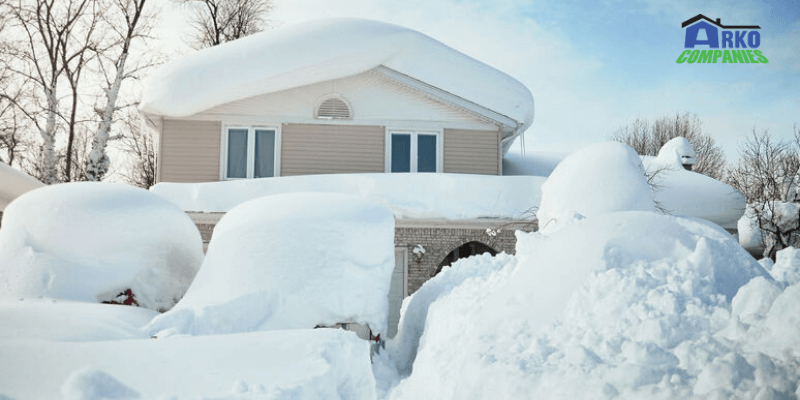Winter storms in Minnesota can be brutal. Snow and ice can really pummel the region’s homes and businesses. When damage occurs, it needs to be fixed. The sooner the house or office is fixed, the better. No one wants a hole in their roof when it’s 10 degrees outside during a Minnesota winter!
What to do if the house is damaged?
- Call your insurance agency or agent with your policy number and other pertinent data as quickly as time permits. Cooperate completely with the insurance agency, and ask what information you will need to give them.
- Take photos/video of the damage.
- Have the insurance agency examine the property, agree on the expenses for fixes, and then have the work done, quickly.
- Save all receipts, including those even from the temporary fixes secured by your insurance policy.
- In the event that your house is damaged to the degree that you can’t live there, inquire as to whether you have money to work with, covering everyday costs brought about while repairs are being made. Save all receipts to archive these expenses.
What Damage to Your Home is Covered?
Damage brought about by wind, wind-driven downpours, trees or other falling articles, and the breakdown of a structure because of the weight of ice or snow are altogether secured under most standard property holders’ policies. Check your policy and call your insurance agent or organization when you need an explanation or have questions about your coverage.
What Damage to Your Home isn’t Covered?
Depending on your policy, certain things might not be covered such as interior water damage, flood damage, tree removal, wasted food from a power outage, or water damage due to backed-up sewers. Keep in mind, though, that some companies will cover certain things if you’re willing to pay extra and specifically name that which you want coverage for (and they agree to cover it).
Why Prepare?
Extraordinary winter weather events can close down a whole city or region. There can be power outages, floods and roof collapses. Winter storms can lead to deaths due to:
- Car crashes
- Heart episodes because of overexertion (snow shoveling)
- Freezing to death
- Carbon monoxide poisoning
To limit the threats related with winter storms, take the correct precautionary measures to ensure yourself and your family stay safe.
Winter Storm Alerts and Warnings
The National Weather Service issues alerts for winter storms to warn people, in general, of potential winter storms. If they tell you not to drive, don’t drive. It’s important to pay attention to warnings.
Wrapping Up:
Winter storms can cause all sorts of damage. It’s important to pay attention to the media as they warn about upcoming dangers, including blizzards, floods and ice storms.

